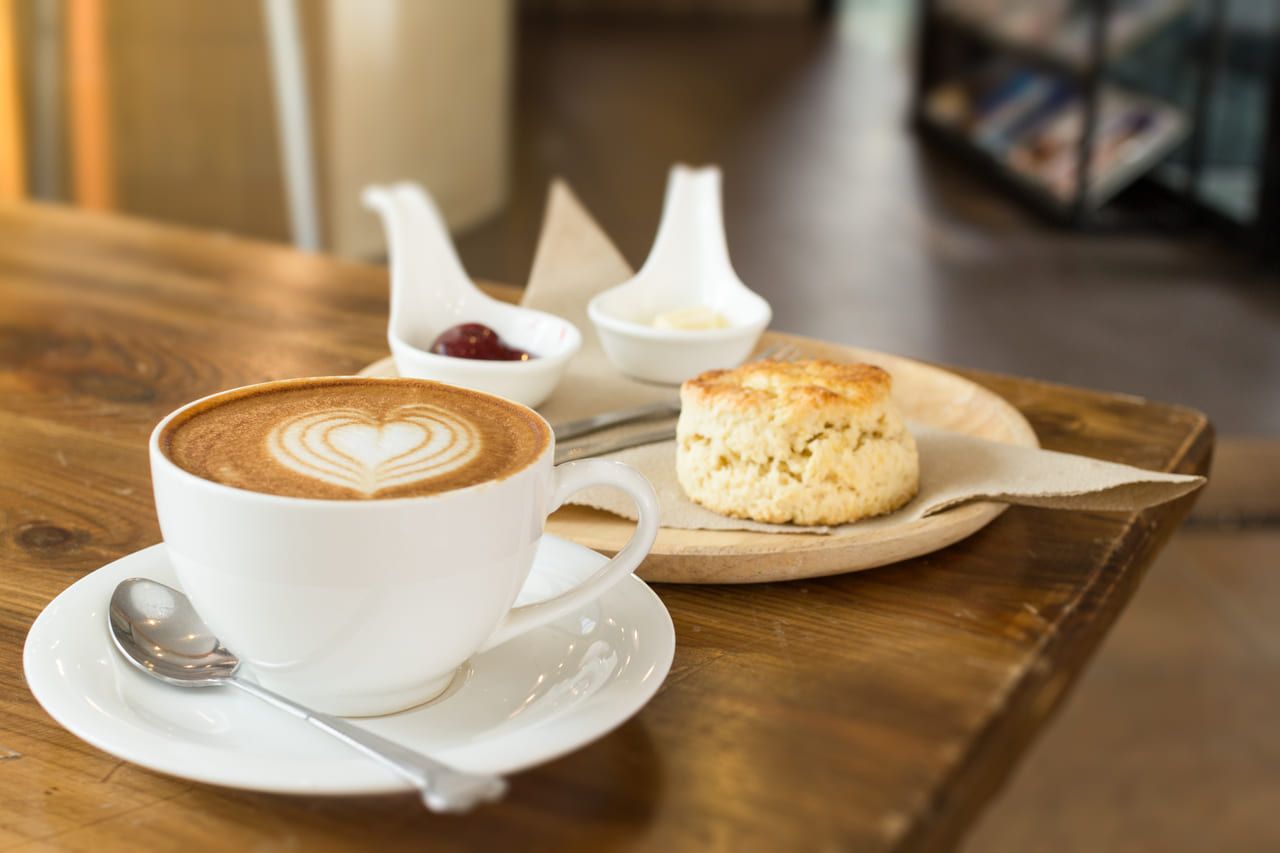Why Airport Food and Drinks Always Cost So Much
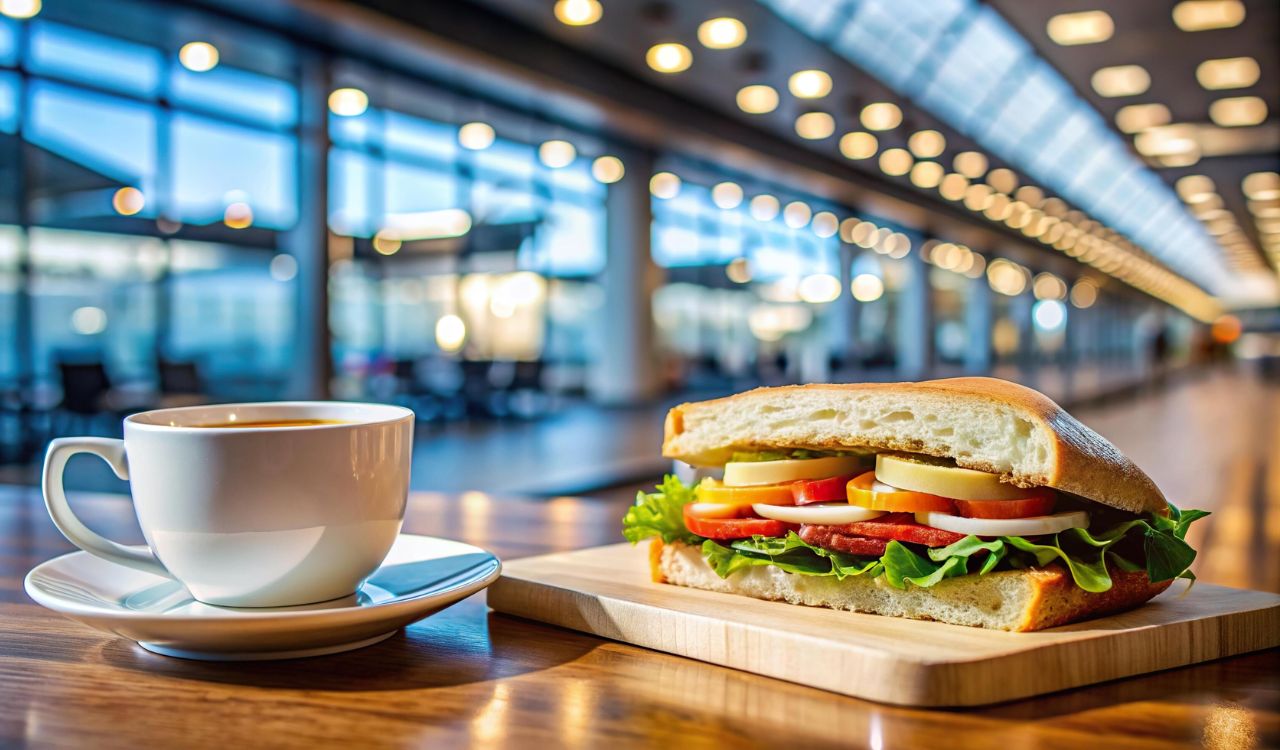
Everyone who travels knows the shock of paying double for food or drinks at the airport. That $15 sandwich or $7 coffee seems outrageous, yet there are logical reasons for those inflated prices. Running a restaurant inside an airport costs far more than running one on the street. High rent, strict security, limited storage, and delivery challenges all add to the expense. Add in labor costs, licensing fees, and captive audiences, and you have a perfect storm for pricey meals. Here is why airport food and drinks almost always cost more than you expect.
1. High Rent and Concession Fees
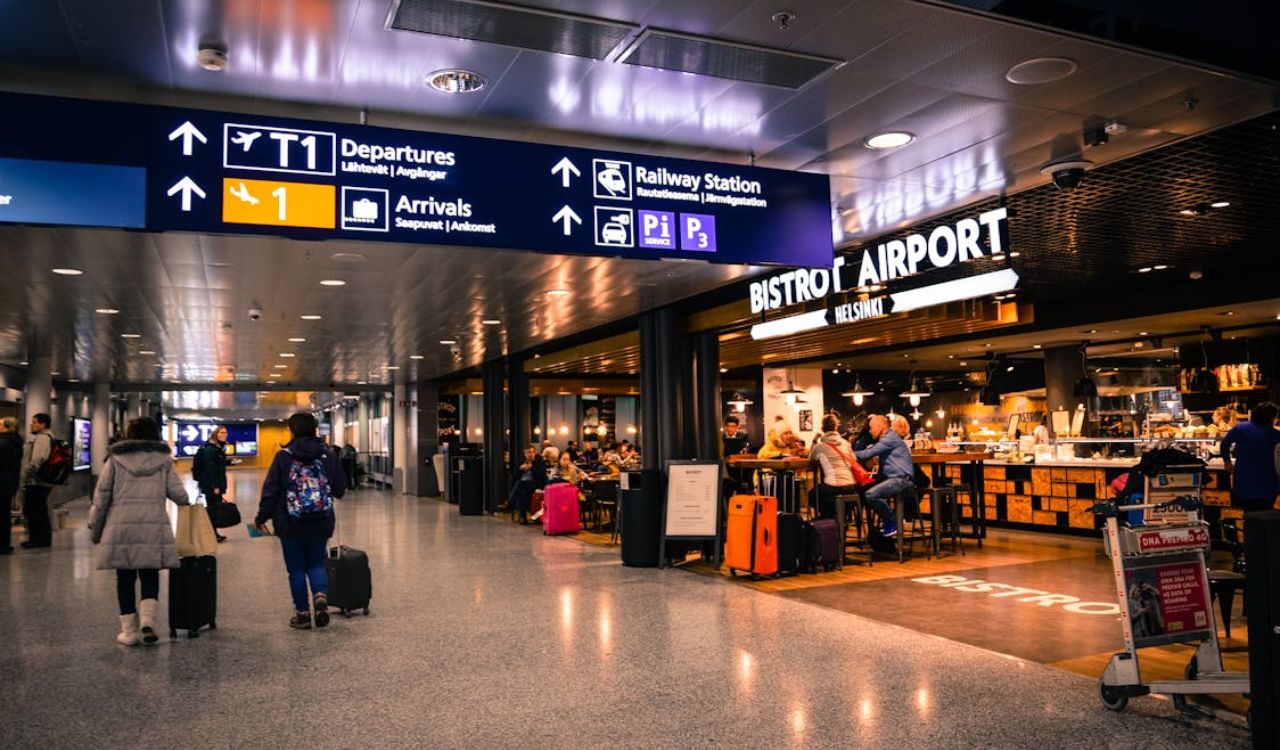
Airport vendors pay some of the highest rent in the food industry. On top of a base rent, airports often charge concession fees that can reach 10 to 15 percent of total sales. These funds help maintain terminals and airport infrastructure but push restaurants to raise prices to survive. Unlike typical locations, airport spaces have guaranteed foot traffic but limited availability, so every square foot is costly. Travelers end up paying a premium not just for their food but also for the space it is served from. High overhead means high menu prices.
2. Restricted Supplier Access
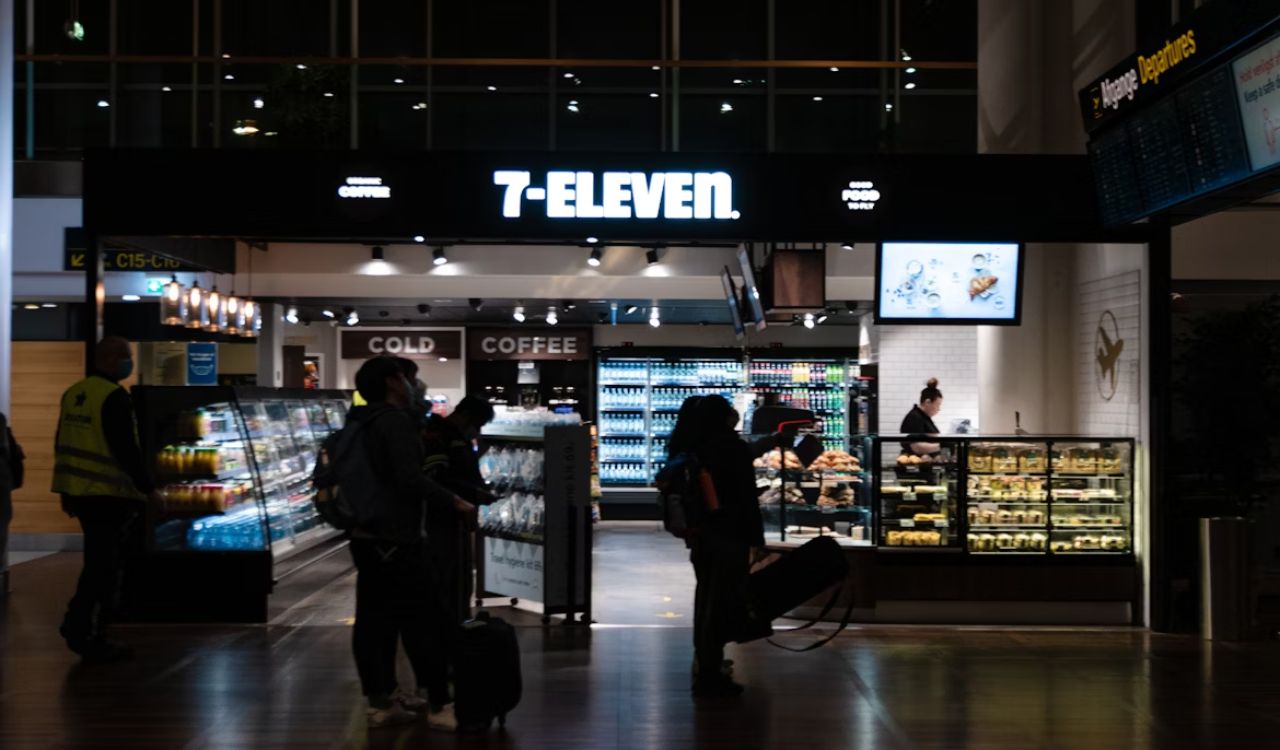
Getting food into an airport is far from simple. All deliveries must go through security checks, adding time and cost to every shipment. Delivery trucks, drivers, and even ingredients face screening, and suppliers charge more for the extra work. Restaurants often have to place smaller, more frequent orders, which drives costs even higher. These logistics make each ingredient more expensive before it even reaches the kitchen. While these procedures protect passengers, they also make every meal more costly to produce, leaving travelers to foot the bill at checkout.
3. Limited Competition
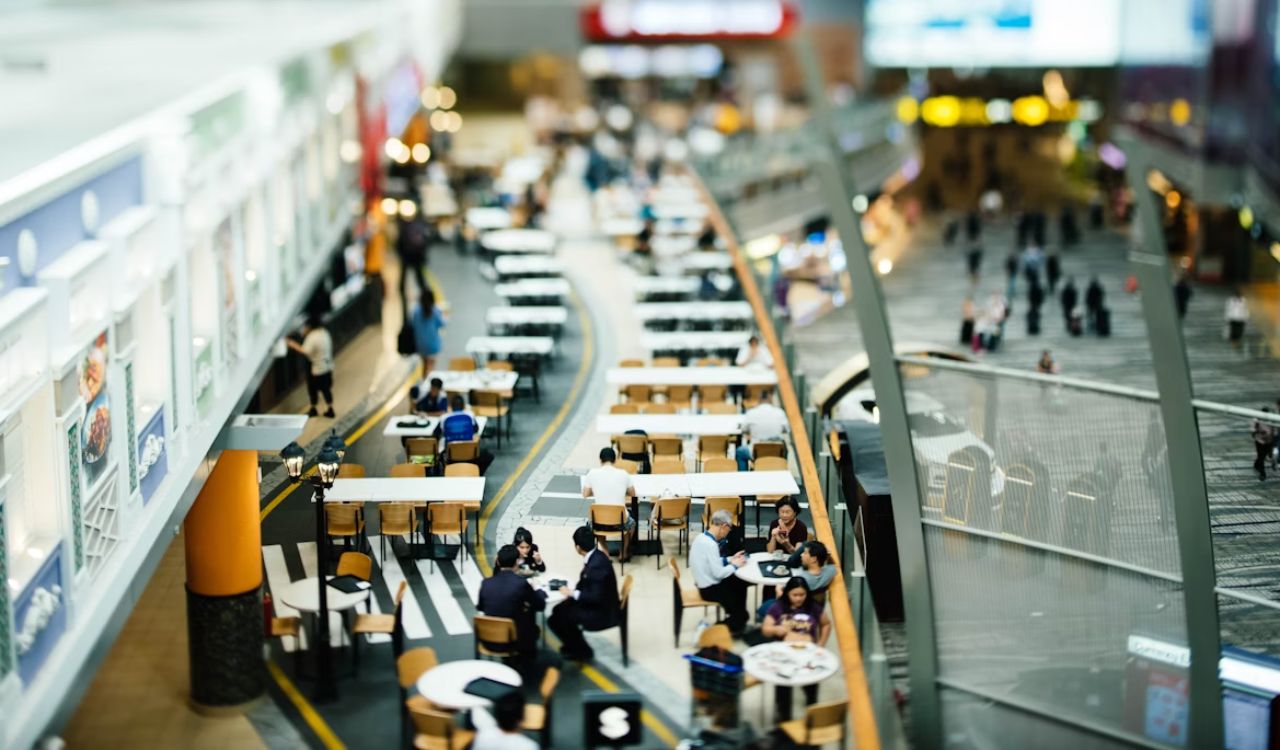
Inside most airports, the number of restaurants and food vendors is strictly limited. Airports award exclusive contracts to concession companies that manage multiple brands. This setup creates less competition and allows prices to stay high. Even though recognizable chains operate inside terminals, they often fall under the same management groups. Once you pass security, you cannot easily leave to find cheaper food, which gives vendors leverage. With few competitors and a guaranteed stream of customers, restaurants can charge more for the same meals you would buy for less outside the airport.
4. Staffing Challenges and Higher Wages
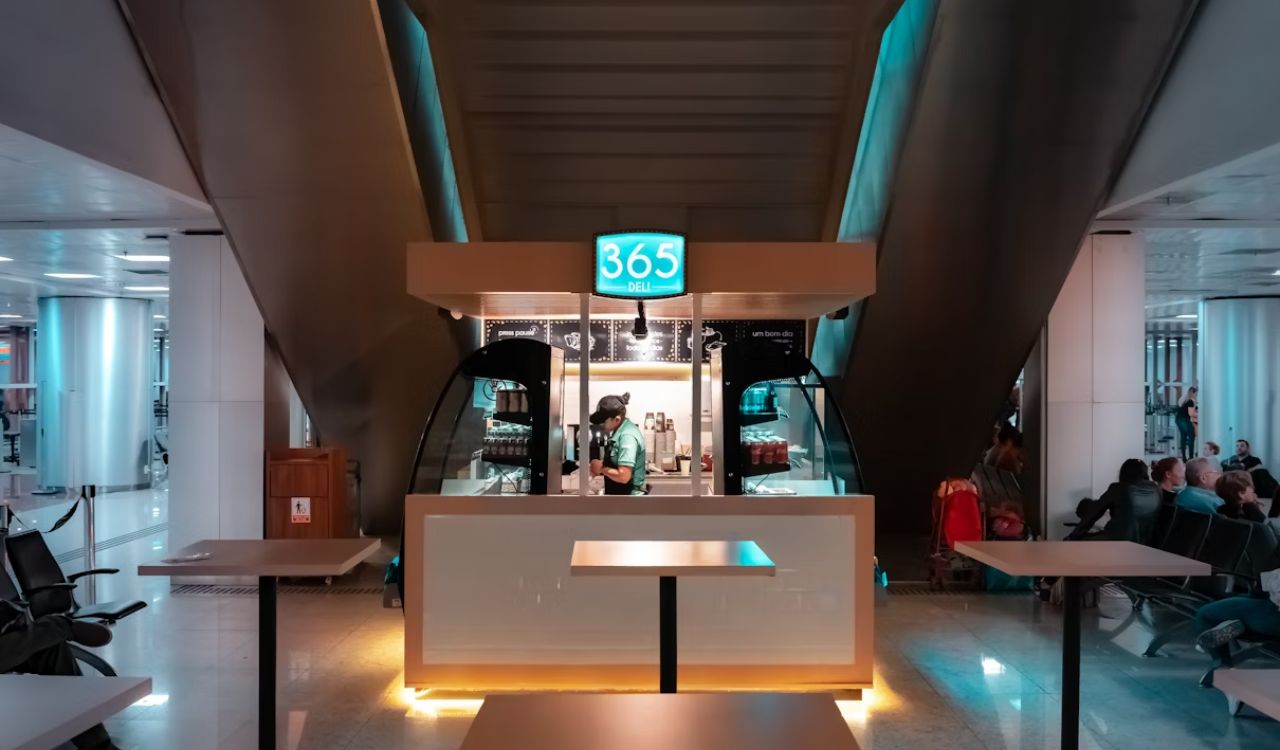
Working at an airport comes with unique challenges, including background checks, restricted access, and long or irregular hours. Employees often work early mornings or overnight shifts that align with flight schedules. To attract and keep staff under these conditions, employers pay higher wages and offer incentives. This increases operating costs, which directly affects menu pricing. Labor shortages also lead to overtime and reduced efficiency, adding to the problem. These higher wages are not about luxury; they are the price of keeping qualified workers in a demanding, high-security environment.
5. Transportation and Delivery Costs
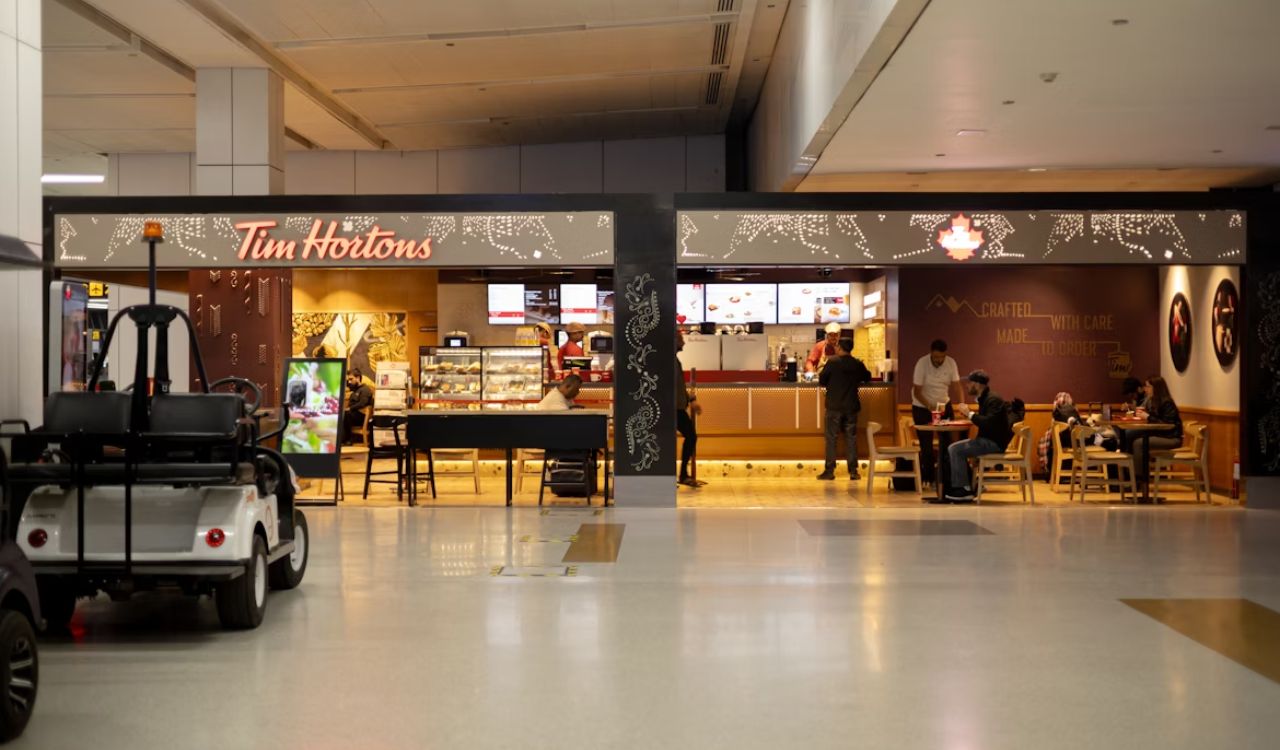
Delivering goods to an airport restaurant is more complicated than it sounds. Trucks must pass through multiple checkpoints, drivers need special permits, and deliveries are tightly scheduled to avoid interfering with airport traffic. The process adds time, labor, and expense. Perishable food requires refrigeration and careful handling, further raising costs. Unlike downtown restaurants that can receive deliveries any time of day, airport vendors must operate under strict logistical limits. The result is that even basic supplies like bread and beverages arrive with built-in markups that travelers ultimately pay for.
6. Space and Storage Limitations
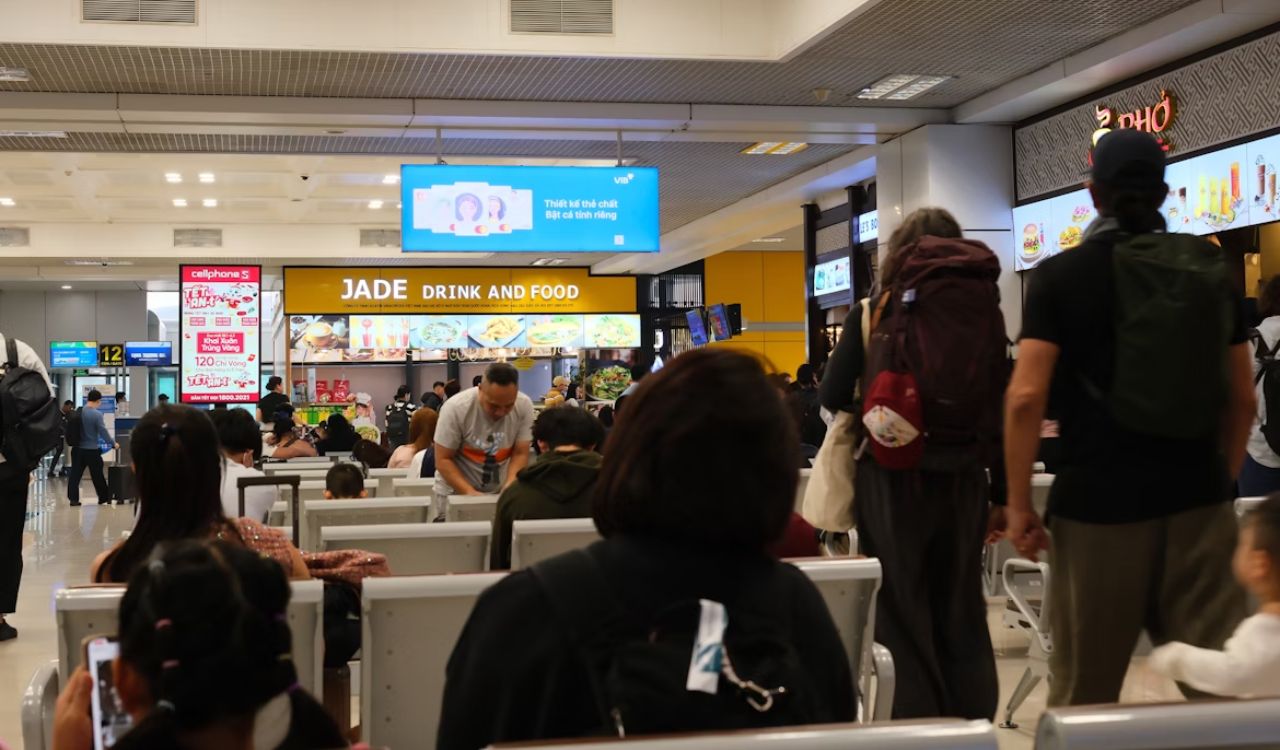
Most airport restaurants have extremely limited space. Kitchens are smaller, storage is minimal, and every square inch must be used efficiently. Because there is little room to store bulk ingredients, vendors must restock frequently, which adds to delivery and product costs. Smaller inventories also mean fewer menu items and less flexibility. These limitations make it impossible to benefit from economies of scale. Even fast food outlets pay extra to keep ingredients fresh and available in small batches. The compact design of airport kitchens directly drives up the price of every meal served.
7. Convenience Markup
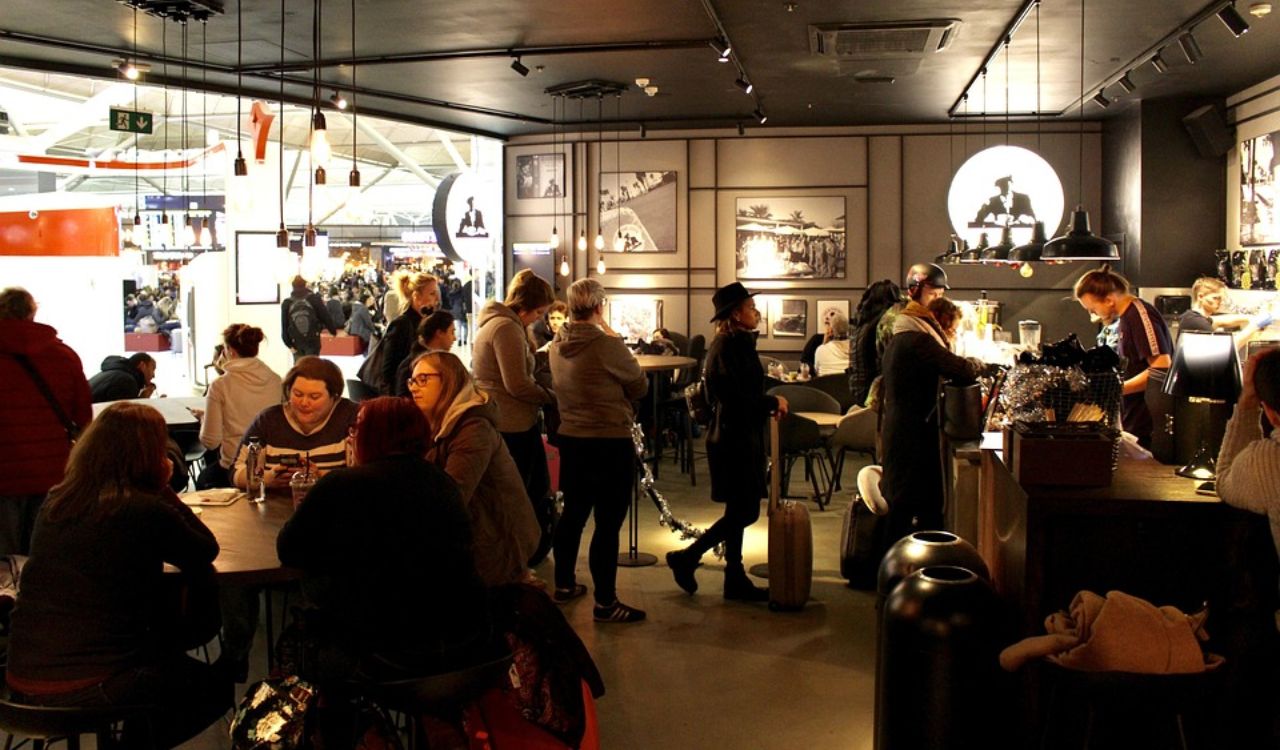
Part of what you pay for at the airport is convenience. Travelers are often hungry, tired, or in a rush, and restaurants know that people value accessibility and speed in these moments. Since options are limited after security, the willingness to pay more for quick service increases. This “captive audience” effect allows restaurants to charge a premium because passengers cannot easily go elsewhere. You are not just paying for a coffee or sandwich; you are paying for immediate availability, clean seating, and service that fits your travel schedule. Convenience always carries a cost.
8. Brand Partnerships and Franchising Costs
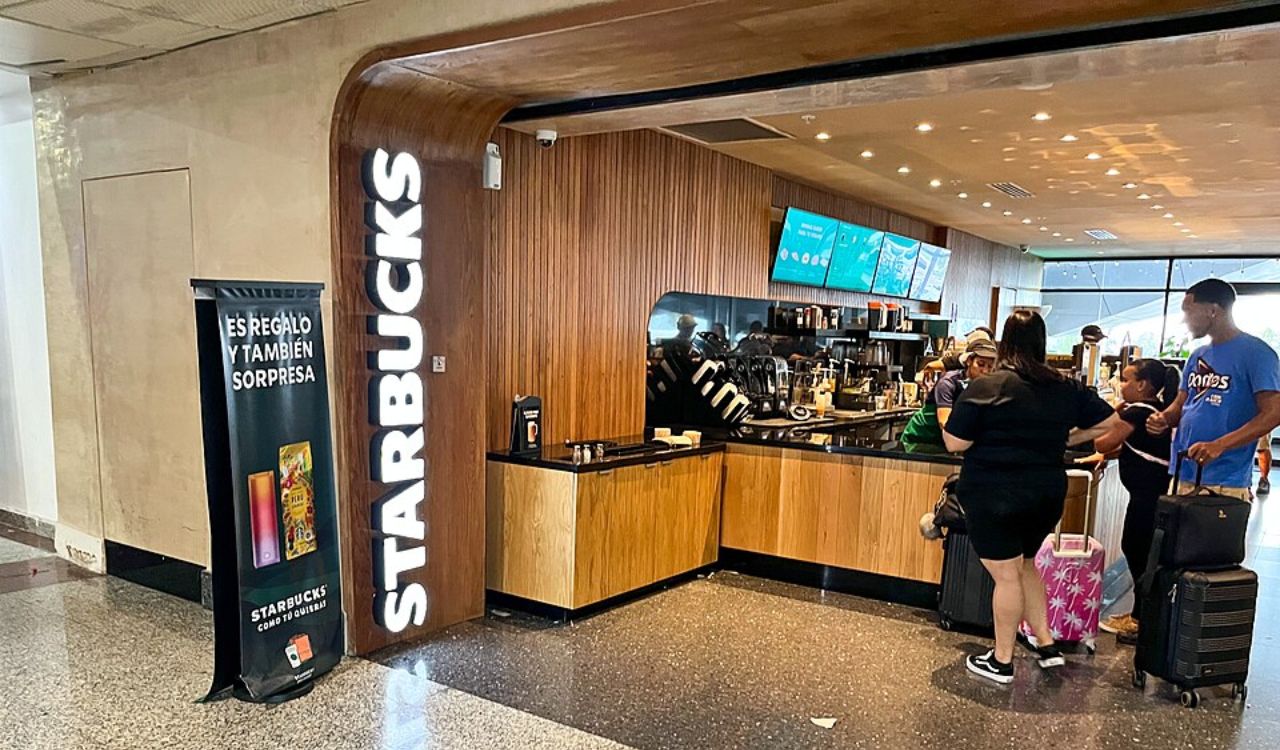
Familiar chains in airports, such as Starbucks or Chick-fil-A, usually operate through franchise or licensing agreements. These deals include royalty payments, marketing fees, and strict design and ingredient requirements. Maintaining brand consistency inside an airport environment costs more because of limited storage, higher rents, and stricter regulations. Franchise operators must also meet airport safety and compliance standards, adding extra layers of expense. The comfort of grabbing a familiar brand comes at a price, and those corporate and operational fees are reflected in every menu item sold.
9. Inflation and Operational Recovery
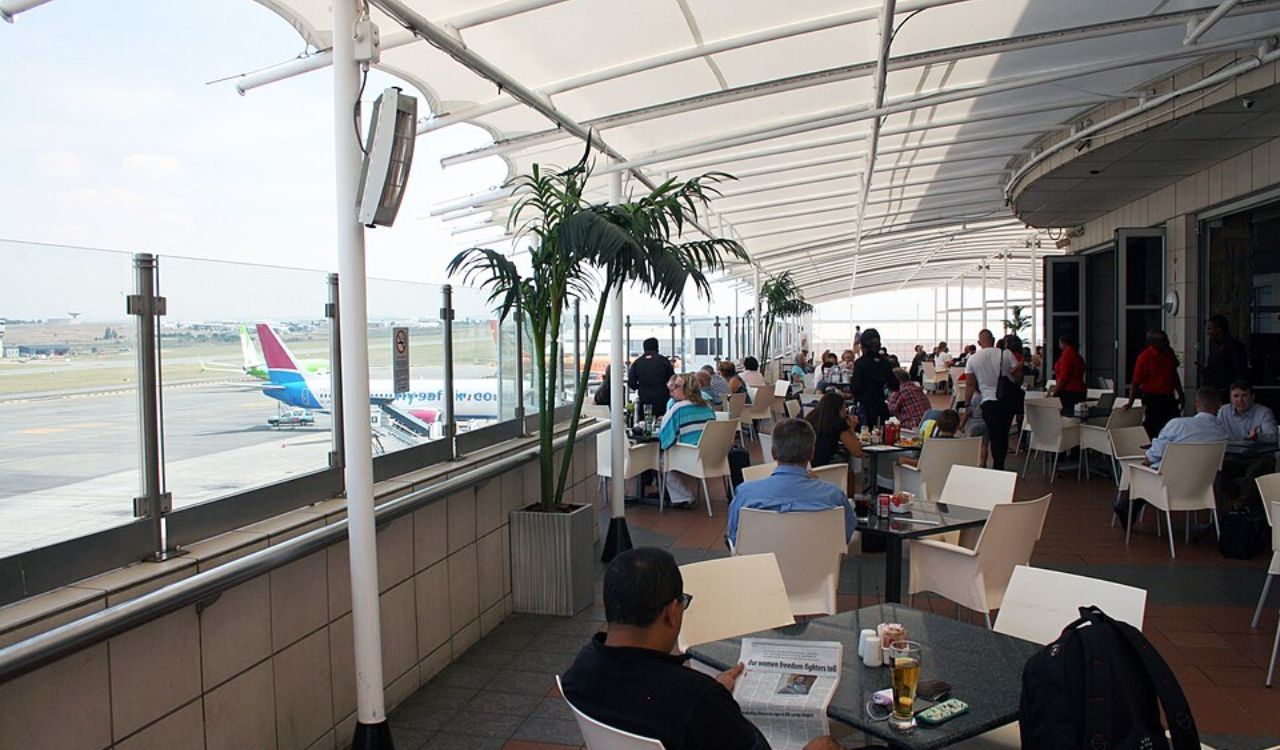
Airport restaurants have faced rising costs across the board. The lingering effects of the pandemic, combined with global inflation, have increased prices for food, labor, utilities, and fuel. Many airports rely on concession sales to support their revenue, so they pass higher costs on to their tenants. Restaurant operators, in turn, adjust prices to stay profitable. The result is visible on menus where even basic items like bottled water or bagels now cost double what they did a few years ago. Until inflation stabilizes, travelers can expect to keep paying these higher prices.
10. Captive Audience Effect
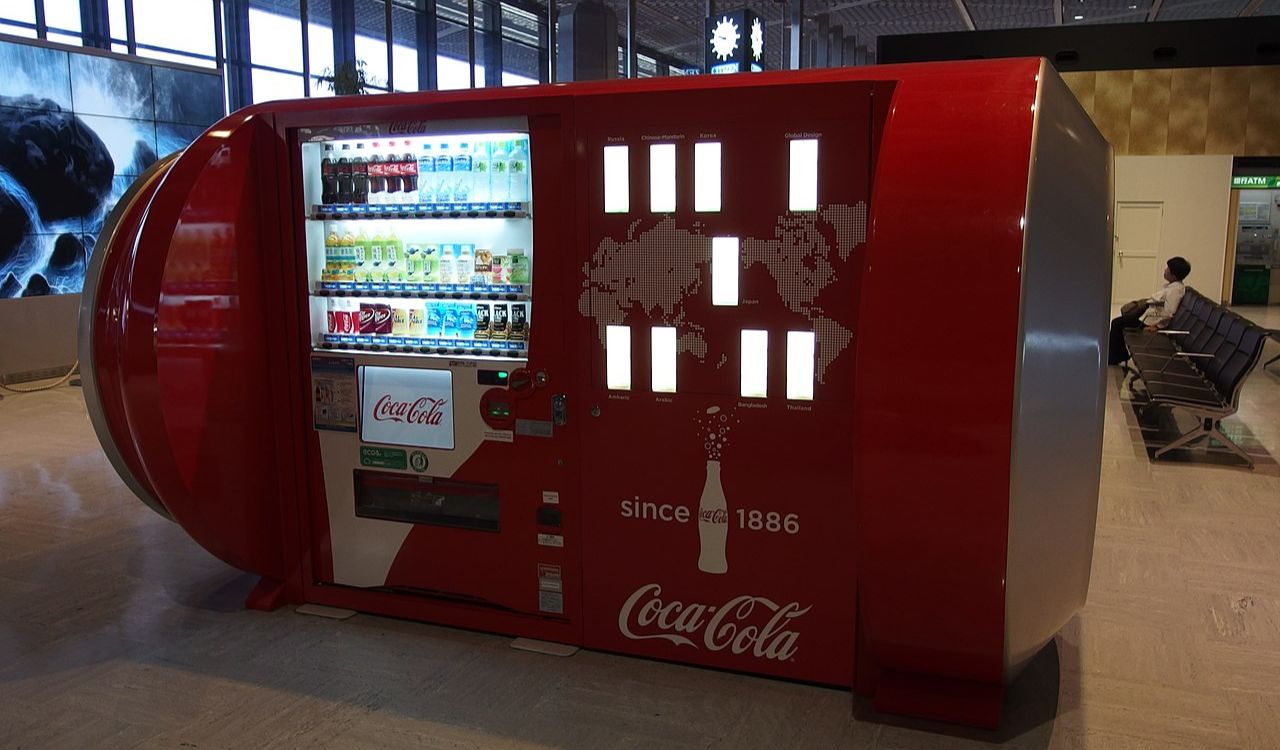
Once you clear security, your options for food and drink are limited to whatever is available inside the terminal. Leaving to find a cheaper meal would mean exiting the airport and going through security again, which is unrealistic for most travelers. Vendors understand this and price accordingly. Even vending machines reflect this captive-audience pricing. Airports function like miniature cities with their own economy, and businesses inside know their customers cannot go elsewhere. That lack of choice ensures demand stays high and prices remain elevated, no matter how unreasonable they may seem.


